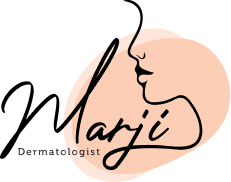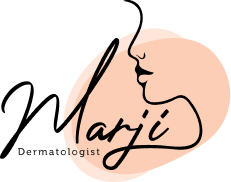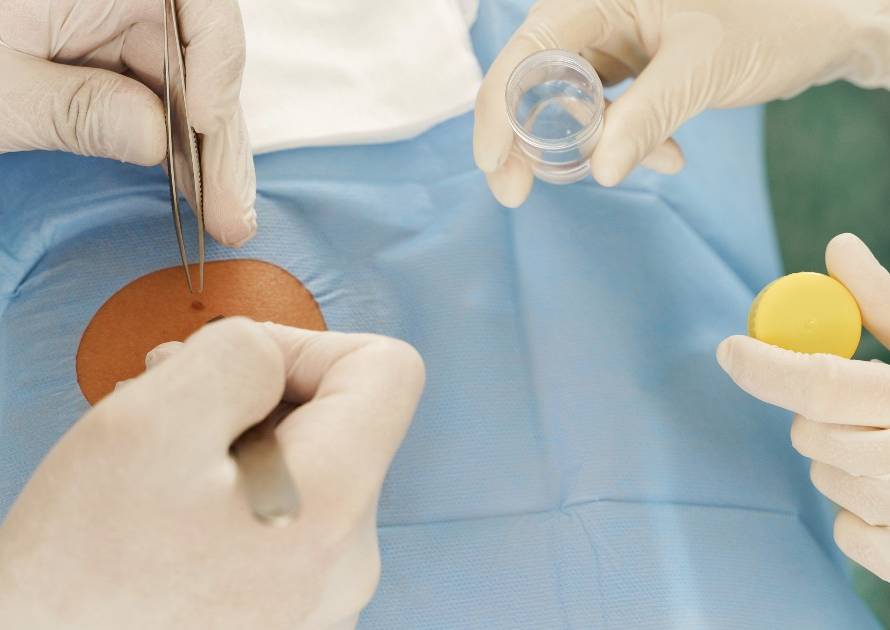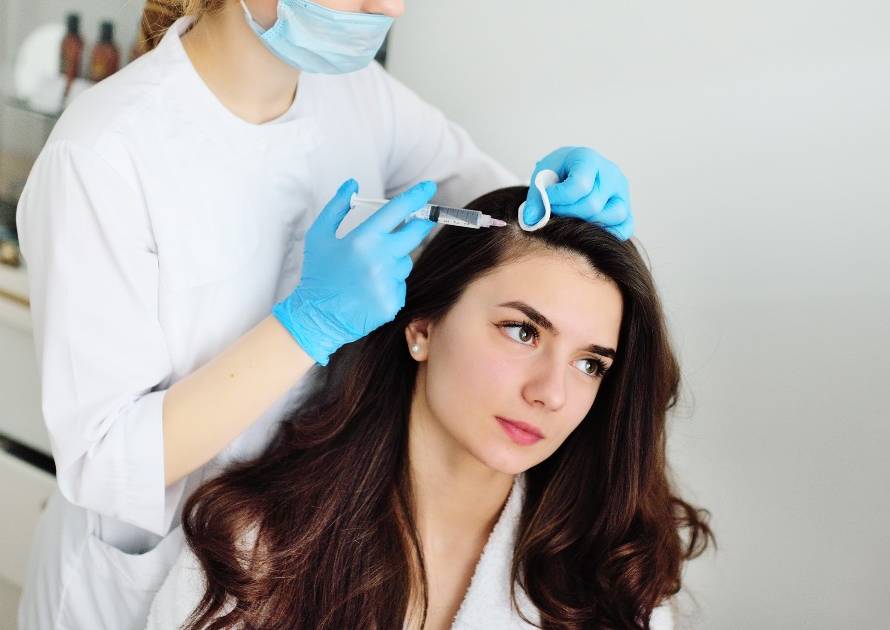This article will shed light on cryotherapy, what it means, its uses, benefits, side effects, downtime, number of sessions needed, contraindications, and the most commonly and frequently asked questions regarding this treatment. Read on to have all your queries thoroughly answered.
Overview
Cryotherapy is the use of freezing temperatures to freeze and remove abnormal tissue. Doctors use it to treat many skin conditions, including warts and skin tags, along with some cancers, including prostate, cervical, and liver cancer. This treatment is also called cry ablation or cryosurgery.
How Does Cryotherapy Work?
During cryotherapy, the healthcare provider applies extreme cold to abnormal tissue, which crystalizes the water inside the cells and therefore destroys them to get rid of the abnormal tissue.
Your specialized doctor can use a few different substances to create the intense cold used in cryotherapy. These substances can include:
- Liquid nitrogen.
- Liquid nitrous oxide.
- Argon gas.
Uses of the Cryotherapy Treatment
Cryotherapy is used topically (on the skin surface), percutaneously, or surgically. They typically use topical cryotherapy for skin and eye lesions. Sometimes, when the lesion is below the skin surface, the doctor places a needle-like therapy probe through the skin to reach the lesion. Occasionally, this requires a surgical incision.
Doctors usually use cryotherapy to treat the following:
- Viral skin overgrowth such as warts, skin tags, and molluscum contagiosum.
- Pigmented lesions, including freckles.
- Premalignant lesions (pre-cancerous moles).
- Skin cancer.
- Skin nodules.
- Skin tags.
- Prostate, liver, and cervical cancers, especially if the surgery option is not possible.
We use a liquid nitrogen gun with the temperature set at -196. This liquid nitrogen gun can be used in different ways by changing the duration and the number of cycles needed in the same session.
What to Expect During the Cryotherapy Procedure?
Cryotherapy is not a simple procedure, but it is also not overly complicated; hence you have nothing to worry about. This is what the doctor will most probably do during the cryotherapy treatment session:
- First, the doctor will clean the targeted area.
- After that, the doctor will direct the gun to the lesion area.
- The doctor will start freezing the lesion.
- The time of the treatment varies from 2 to 30 seconds according to the type and size of the lesion.
- Sometimes, the condition needs 2 cycles of freezing.
- Pain is usually minimal due to the cold sensation, which makes the pain tolerable.
Benefits of the Cryotherapy Treatment
Cryotherapy has many benefits that have been proven to be noticed by patients after the treatments; these benefits include:
1. Reduces migraine symptoms
Cryotherapy can help treat migraines by cooling and numbing the nerves in the neck area.
2. Numbs nerve irritation
The cold can actually numb an irritated nerve which numbs the pain. This can sometimes help treat pinched nerves or neuromas, chronic pain, or even acute injuries. Athletes have been using cryotherapy to treat their injuries for years.
3. It helps treat mood disorders
Cryotherapy stimulates the production of adrenaline, noradrenaline, and endorphins, which can positively affect patients experiencing mood disorders like anxiety and depression.
4. Reduces arthritic pain
Whole-body cryotherapy has been proven to reduce and numb pain in patients pf arthritis.
5. It may help treat low-risk tumors
Cryotherapy has been used to treat low-risk tumors like prostate cancer. It works by freezing cancer cells and surrounding them with ice crystals, which prevents their growth and kills them.
6. It may help prevent dementia and Alzheimer’s disease
It is believed that whole-body cryotherapy can help prevent dementia and Alzheimer’s disease. The anti-oxidative and anti-inflammatory effects of cryotherapy could help combat the inflammatory and oxidative stress responses that come with Alzheimer’s.
7. Treats atopic dermatitis (eczema)
Because cryotherapy can improve antioxidants levels in the body, it reduces inflammation, which helps with treating atopic dermatitis.
Side Effects of the Cryotherapy Treatment
Cryotherapy does not have any dangerous side effects. However, it does result in a few things that you need to be aware of before choosing cryotherapy as a treatment for your condition; these include:
- Numbness.
- Tingling sensation.
- Redness and irritation of the skin.
- Pain following the procedure.
- Swelling.
- Bullae or vesicle.
- Bleeding.
- Scar formation.
- Milia
- Hyperpigmentation after the lesion area has healed.
- Permanent hair loss in the treated area.
If done correctly, this procedure is extremely effective. The success of the treatment depends on the doctor’s experience; the better it is, the better the results are and the fewer the side effects can be.
How Many Sessions Do I need?
There’s a wide range of variations in the number of sessions depending on the person’s skin problem. For example, if the patient suffers from solar lentigo on the face or dorsum of the hand, they might need one session. Meanwhile, treating viral warts might require more sessions.
In the Following Situations, Proceed with the Cryotherapy Treatment with Caution
Although cryotherapy is a safe procedure, you need to be cautious if you have one of these conditions:
- Treating skin lesions overlying the nail fold: This is risky because it might damage the nail matrix and affect the nail growth and shape in the future.
- Treating skin lesions in the scalp: This might cause a chronic skin condition called scarring alopecia.
- Treating patients with the 5 or 6 skin types: This could lead the patient to have hypopigmentation as the pigment cells (melanocytes) are very sensitive to low temperatures.
Frequently Asked Questions (FAQs) Regarding Cryotherapy
This section sheds light on the most commonly and frequently asked questions regarding cryotherapy treatment and their answers.
Is cryotherapy painful?
No, cryotherapy is not painful, and it does not hurt. However, patients report that exposure to the cold is a strange sensation during your first cryotherapy session only. Your body will stay dry the whole time, and your head will remain outside the cryotherapy device. The sensation of the could only last for a few minutes, and most of the people who experienced it enjoyed the overall sensation.
Is nitrogen harmful?
No, after all, nitrogen is a component of the air we breathe and is a non-toxic gas.
What is the age required?
People who are 18 years old and older are eligible for cryotherapy if they meet the height and health requirements. The minimum age is 14 years old if a parent or guardian gives consent and is present during the session.
How long does my treatment need to be for me to get results?
Treatments last from 2 to 3 minutes maximum. This is all the time your body needs to respond properly to the treatment.
What can I expect after my treatment?
The results are different from person to person. However, most of the time, patients are satisfied with the relief from the pain they notice after the session.
What are the contraindications to cryotherapy?
The following conditions are contraindications to cryotherapy:
- Pregnancy.
- Heart Disease.
- High Blood Pressure that is less than 150 and not controlled by medication.
- Cold-Activated Asthma.
- Severe Raynaud’s Syndrome.
- Children under 18 years old, unless their parents or guardian give written consent and are present during the sessions.



